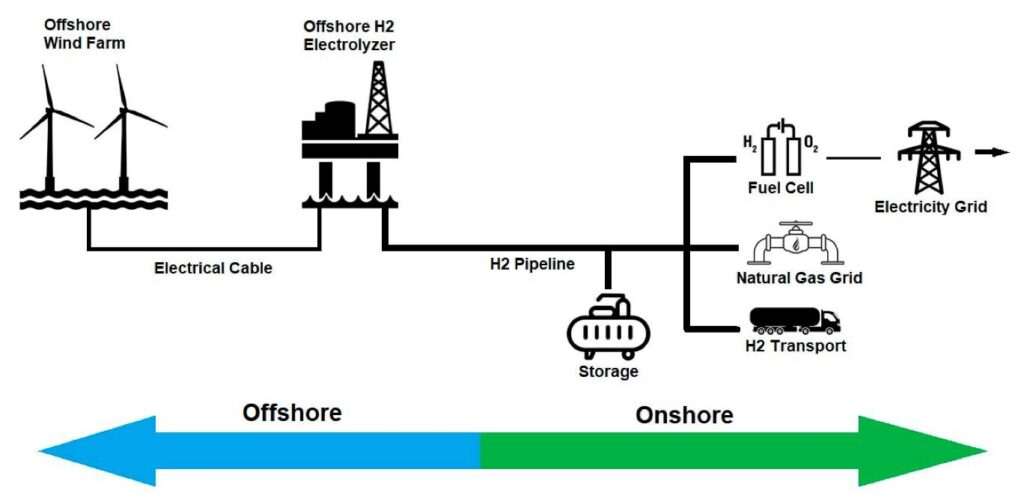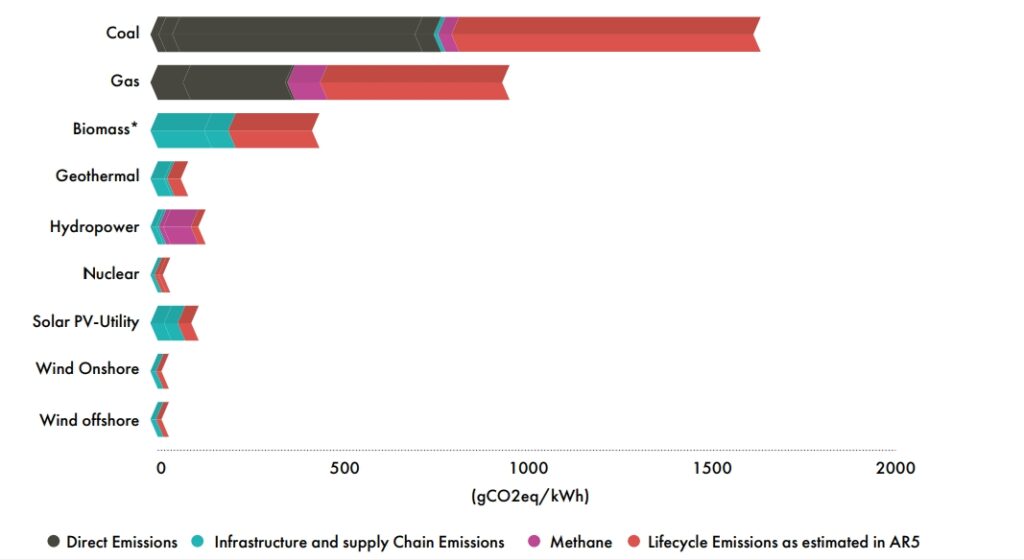Introduction
Australia’s vast coastline and favorable wind conditions make it an ideal location for an Offshore Wind and Hydrogen Power Plant. This project aligns with the country’s renewable energy targets and hydrogen strategy, aiming to meet energy demand sustainably and reduce carbon emissions.


We present a visionary business proposal for establishing an Offshore Wind and Hydrogen Power Plant in Australia, a nation endowed with abundant wind resources and a growing commitment to sustainable energy. This integrated facility will harness offshore wind energy to generate electricity and produce hydrogen through electrolysis, contributing significantly to Australia’s clean energy goals while fostering economic growth.
The Core Components

Offshore Wind Farm
Cutting-edge offshore wind turbines will be deployed in strategically chosen locations along the coast. These turbines will efficiently capture wind energy and convert it into electricity, which will be transmitted to an onshore hub for distribution.
Hydrogen Production
Excess wind-generated electricity will power advanced electrolysis units, splitting water into hydrogen and oxygen. The produced hydrogen will be stored and utilized for various applications, including transport, industrial processes, and energy storage.
Green House Gas Emissions
Clean Energy Generation
Offshore wind is the cleanest energy source in terms of greenhouse gas emissions, with the lowest lifecycle footprint among various energy technologies. The IPCC’s AR5 report confirms offshore wind as having the least emissions, with many technologies capable of generating electricity with less than 5% of coal power’s emissions. Though emissions from renewable energy tech come primarily from manufacturing and installation, cleaner production methods and improved efficiency could reduce these.
Comparatitive Lifecycle GHC emmissions by electricity technology

(Arvesen and Hertwich, 2012), PV (Kim et al., 2012; Hsu et al., 2012), geothermal power (Sathaye et al., 2011), hydropower (Sathaye et al., 2011;
Hertwich, 2013), nuclear power (Warner and Heath, 2012), bioenergy (Cherubini et al., 2012). Annex II, Annex II.6.3 and Section A.II.9.3 for
methodological issues and core literature. *Note: Lifecycle emissions from biomass are for dedicated energy crops and crop residues.
Global Offshore Wind Report 2022, Global Wind Energy Council